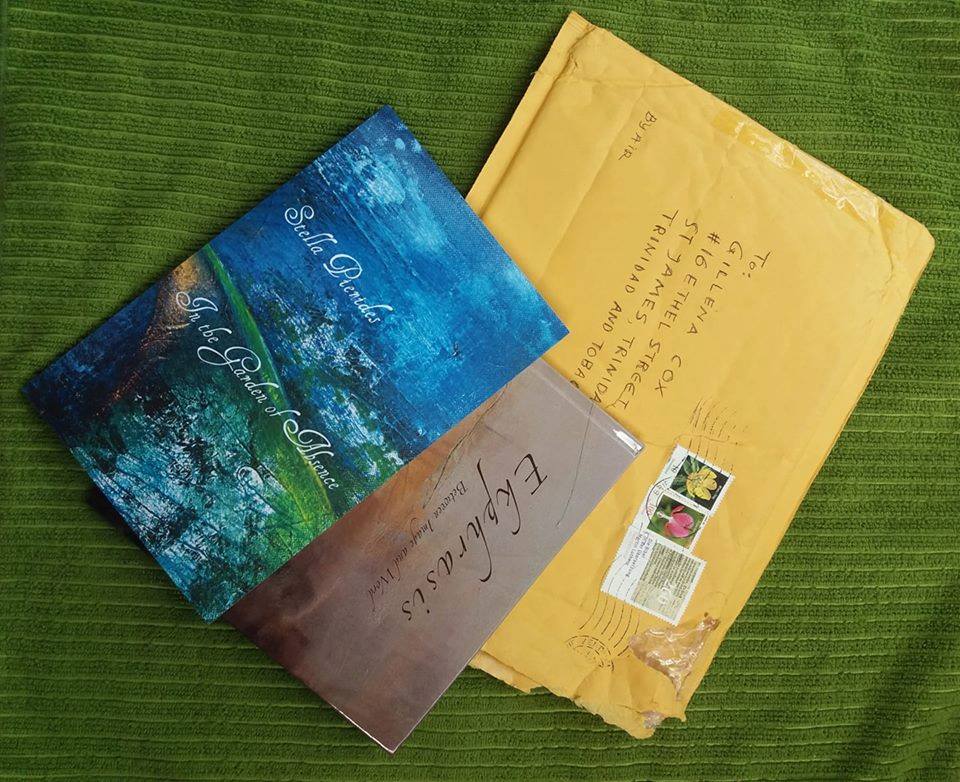In March 2018 I judged the British Haiku Society’s Haibun Contest (and announced it here in a brief post ). The contest was reinstated this year, and honouring two outstanding members of the Society, was named The Ken and Noragh Jones Haibun Award.
Following is the report of my choices and commentaries published in the Society’s Journal, Blithe Spirit, 28:2, May 2018.
A PDF of the British Haiku Society’s announcement of the awards (haiku, tanka, haibun sections) as well as winning entries can be found here, as well as in the Society’s Journal Blithe Spirit.
*
In reinstating the Haibun Awards, the BHS continues to encourage both, the creation of new work and the exploration of the possibilities offered by the form as it develops over time.
It was a great privilege to read the 50 haibun in a range of styles and lengths submitted to the British Haiku Society’s Ken and Noragh Jones Haibun Contest 2017. I thoroughly enjoyed reading the work, and wish to thank the poets for their submissions and the Society for entrusting me with this task.
 The BHS Ken and Noragh Jones Haibun Awards 2017
The BHS Ken and Noragh Jones Haibun Awards 2017
The winner is David Bingham (UK): Sleight of Mind
The runner up is Jean James (UK): The Visit
Winner: Sleight of Mind, by David Bingham, UK
Sleight of Mind refreshingly starts with placing the reader in the magician’s audience. Our minds’ eyes are glued to the shining light bulbs coming out of his mouth, his miraculously escaping from the straightjacket. The title, and the opening main clause, have warned us: this is a trick! Yet, in focusing on the ‘what,’ rather than the ‘how’ posed in the question, in a momentary suspension of disbelief, we fall for it, allowing the magic world centre stage.
How is it done? How does magic work, and how does the magic of haibun work to enable us to re-experience the writer’s epiphany and emotional truth? There is no answer here, only a question well put. Hopefully, there won’t be an answer anyway soon – though the poet, as well as we, know that there are perfectly ‘mundane explanations’ for the magician’s conjuring tricks and, to some extent, the haibuneer’s craft!
This is the haibun that kept me going back to read and re-read, finding new things as I followed its vertical axis. From the child-like awe (‘switching off the rational mind’) in the beginning of the prose, to nature brought in by the snowdrops in the haiku at the end, it leads the reader from illusion and mystery (the stage) to questioning and reflection (snowdrops and pondering what is) putting flesh on the bones of an old question about reality, perception and the mind. From associations to the Allegory of the Cave to reference (in the title) to wizardry as well as a neuroscience book on magic and perception, this brief haibun affords a variety of possible readings and stretches the reach of the form.
In having the narrator directly address the reader in short, sparse sentences the piece achieves immediacy, reinforcing the illusion of involvement. Weaving skilfully together the constituent elements of haibun (title, prose, haiku, content), it engages this reader on so many levels, and wins!
Runner up: The Visit, by Jean James, UK
The haiku at the beginning of the poem, through the ‘hare’s cry,’ warns us of painful content, getting the heart pounding. Yet in the prose the subject is handled delicately, drawing a picture of a family visiting the grandparents’ grave. The mother fetches water for the flowers she brought and is arranging in a jug, the children lark about, the father waits outside in the car. Then the children come across the grave of a baby, with violets in a jam jar under the inscription: ‘Mary Millicent, only a year in this world.’ The idyll is interrupted. Here lies the mystery of the poem. What happened, why? In the reader’s mind, the associations branch out: an unlived life, illness, suffering, poverty, the famine… From the individual to the social to the political dimension…
In the middle of what may be seen as a family idyll lies the dead baby, forever open to our interpretation. Yet life continues for the living. Hearing the crows’ caws, the children ‘come alive again’ and start cawing back. Life, learning and death in a nutshell.
I enjoyed the consistent voice of the child narrator in the prose, and the parallels in the poem: the beech and the violets, the hare’s cry and the soft murmur of voices, the bronze jug and the jam jar, the haiku in the beginning and the end – though the end haiku could have been stronger. I also liked the way the text, sandwiched between the haiku, moved the healing process between the beginning and end haiku: from the hare’s cry to the soft voices murmuring to each other, we glimpse a real family in its encounters with death as it becomes a fact of life, part of the life cycle.
*
Honourable Mentions:
1. Games People Play, Gautam Nadkarni, India
Games People Play, by Gautam Nadkami, India, describes a childhood memory of playing cricket without knowing anything about the game. The haibun works well in a light-hearted, good-humoured way, with local children attempting to make sense of unfamiliar objects, cricket stumps, by inventing a use for them based on their environment: keeping cattle from straying onto the pitch. At the same time, the choice of game in this haibun, cricket, connects to colonial themes. The title too points to layers of meaning.
2. Fake News, by Marietta McGregor, Australia
Fake News, by Marietta McGregor, Australia, inserts a surprisingly modern take into the form, whisking the reader on a whirlwind journey of tracing how it all came to pass. The haiku at the end adds an interesting change of tone that helps contain the energy and drive in the prose. I liked the contrast between the ‘mechanical’ sounds in the beginning of the prose and the ‘ethereal’ song in the haiku at the end.
3. Last Autumn Apples, by Marietta McGregor, Australia
Last Autumn Apples, by Marietta McGregor, Australia, relates the story of a lonely ten-year old’s memories of living in a house on an apple orchard where her mother worked, their moving to the city and eventually hearing about the place years later. This haibun – about place, belonging, and loss – has a sensuous, cinematic quality to it. I enjoying reading the monoku in this piece: two monoku in the middle read as if dividing the prose into ‘chapters,’ while a third, at the end, punctuates the theme of a lost childhood.
*




























 The BHS Ken and Noragh Jones Haibun Awards 2017
The BHS Ken and Noragh Jones Haibun Awards 2017